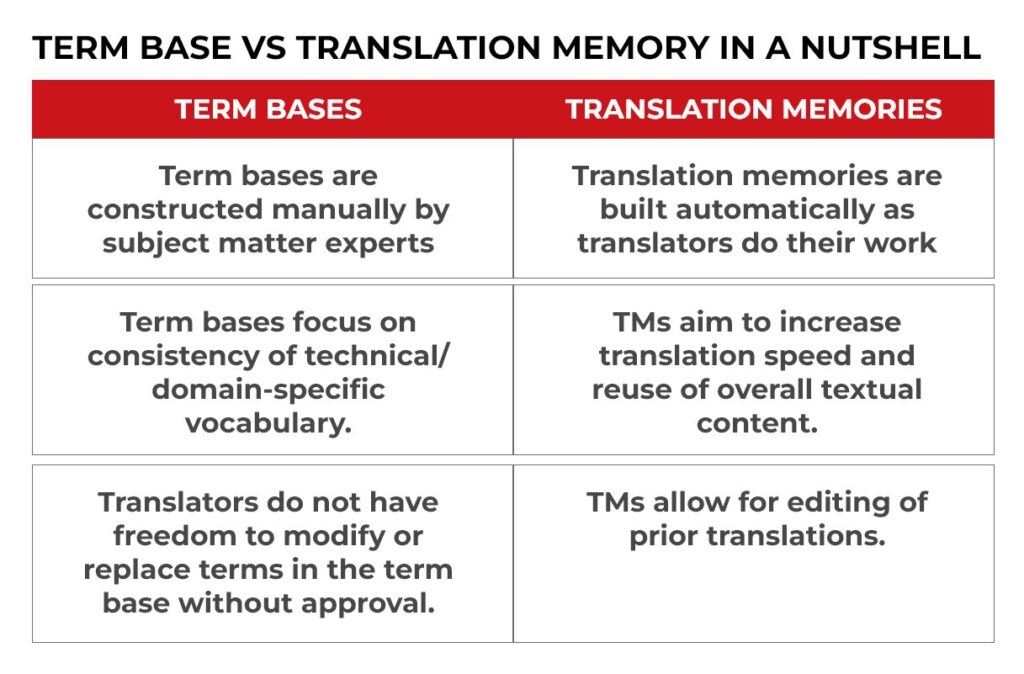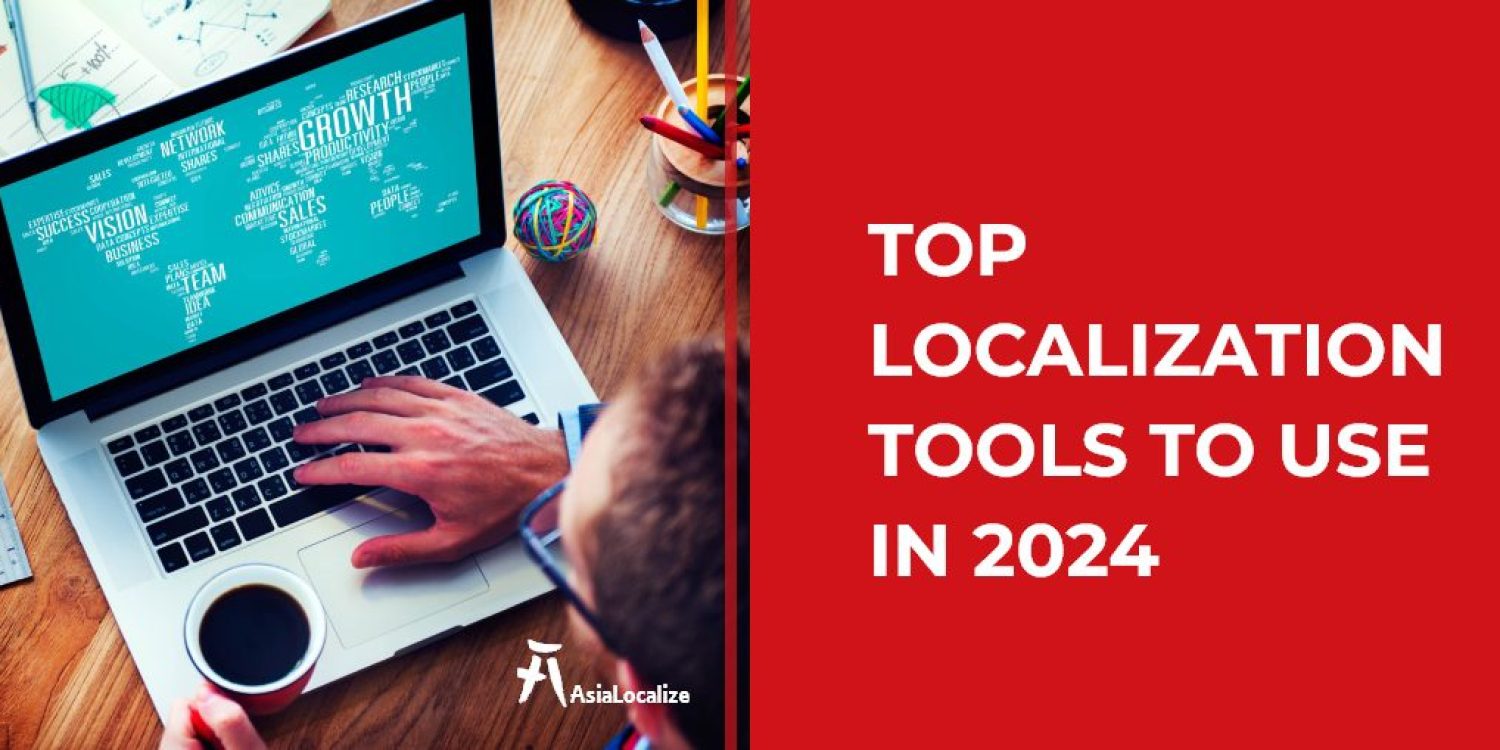Imagine what could happen if you decide to manage and accomplish your routine business tasks manually, taking twice as long to complete something that could be done in a second with the help of technology tools. It could be the ultimate horror!
The translation and localization industry is no exception. Without localization tools, localization teams will go through an endless loop of back-and-forth traps and email threads.
Time is money is a favorite saying in the world of business! And with today’s fast-paced business environment, it has never been more true. If that is today’s business motto, then it’s ours, too, for all localization players.
That’s why every day comes with new translation and localization advances that revolutionize how localization teams deal with their day-to-day tasks.
In this article, we will share the most common software localization tools in the industry that have helped millions reach new markets with consistent messaging and quick turnarounds.
What You Need to Know About Localization Tools
Localization tools are user-friendly software designed to help localization teams, from translators and developers to graphic designers and project management personnel, collaborate efficiently, speed up translation processes and delivery time, maintain consistency, and more.
Each localization tool has its own unique features, which we will be discussing in greater detail later on.

There is a common misconception that software and website localization tools are used for translating text! But the truth is, they aren’t. While they don’t do the actual translation work, they help manage and streamline the localization workflow. They coordinate the different aspects of localization projects, including tracking progress and managing and handling communication between team members.
When partnering with an experienced translation agency, your will find that they leverage these powerful localization tools right from the beginning of the localization project to help them maximize their teams’ capabilities and streamline their workflows efficiently.

Top Localization Tools Used by Professional Language Services Providers
While bringing translation work in-house may seem cost-effective, managing the complex technological infrastructure demands significant resources and expertise.
Partnering with an experienced language services provider, on the other hand, allows businesses to benefit from the latest localization technology, advanced project management, and streamlined workflows – all without shouldering additional overheads.
So, what are the best localization tools commonly used at these professional localization agencies?
Translation Memory
Translation Memory TM is a computer-assisted translation (CAT) tool that stores previous translations to help professional translators review and use these existing translations, resulting in a faster and more consistent translation process. This means they don’t have to start from scratch every time they work on a project.
So, how does it work?
- As translators work, the TM software automatically captures segments of text they translate along with the corresponding translation.
- These source/target pairs are stored in a database that can be queried.
- For future translations, the TM software automatically searches the database for any matching source segments.
- If an exact match is found, the previously translated target segment is displayed in real-time for the translator to easily reuse rather than retranslate.
- Near or “fuzzy” matches are also shown, allowing the translator to quickly review and decide whether to reuse, partially reuse, or retranslate the segment.
In fact, TM is a game-changer when it comes to productivity. Research shows TM use increases translator productivity by 30%, equipping them to take on more work in less time.
Over 82.5% of professional linguists now leverage TM technologies according to industry surveys, ultimately saving up to 86% of their time, and improving the overall quality by up to 70%.
Want to know more about TM? We have dedicated this article just to TM and how it works.

Translation Management Systems TMS
For large-scale projects, translation and localization management systems can be incredibly valuable. For project management purposes, TMS has been designed to streamline the localization workflow so that project managers can keep track of progress through all the stages.
Through localization platforms and content management systems, project managers can also handle and manage multiple projects with tons of files and efficiently assign tasks to team members
Term Base
Term Base is a popular CAT tool that includes a list of terms specific to a particular business, industry, or subject matter, along with their approved translations in one or more languages.
It doesn’t only speed up the translation process but also maintains a consistent use of terminology throughout one or several projects for the same company.
How does it work? As a translator encounters a source term included in the predefined term base, the tool will automatically surface the approved target translation. This prevents duplicative work looking up terms and helps in speeding up the process and most importantly maintaining a consistent use of domain-specific terms.
You might think this is quite similar to a translation memory as they both provide translators with prior translations to reference, but there is a huge difference between the two tools.

Quality Assurance Tools
While human review remains essential, automated QA tools provide translation services with an easily navigable user interface and powerful capabilities that maximize the impact of the human review and enhance the quality assurance processes.
Catching potential problems at machine speed, QA tools add an extra layer of quality assurance that addresses any potential human limitations without slowing down timelines.
They can detect inconsistencies that may escape the attention of human translators and conventional proofreading methods, including those related to terminology, grammar, numbers, abbreviations, punctuation, and other potential errors.
File Management Tools
Traditional manual processes for uploading, downloading, locating specific files and maintaining version histories are inefficient for large translation projects involving millions of words across hundreds of clients.
It’s not only so difficult to track and manage every change to millions of files but it also leaves room for mistakes and inconsistencies to happen. But fortunately, advanced file management platforms provide a transformative solution for this.
Designed for agencies translating vast volumes, their integrated version control features creates a detailed revision history and enables access to the previous versions of any file, which both prevents the need for creating and managing multiple file versions for change tracking and facilitates the comparison of different versions for the translation team.
AsiaLocalize, Your Translation Partner of Choice
If you’re feeling overwhelmed by the multitude of localization tool options available, we are here to help. AsiaLocalize has been a translation and localization company in the Asian market for over 12 years.
With one methodology to strike a balance between human and technological capabilities, we can assist you in your global expansion strategy, providing you with speed, high quality, and accuracy.
We empower our translators with the most up-to-date translation and localization tools, delivering solutions across 120+ languages for a variety of content types and file formats.











